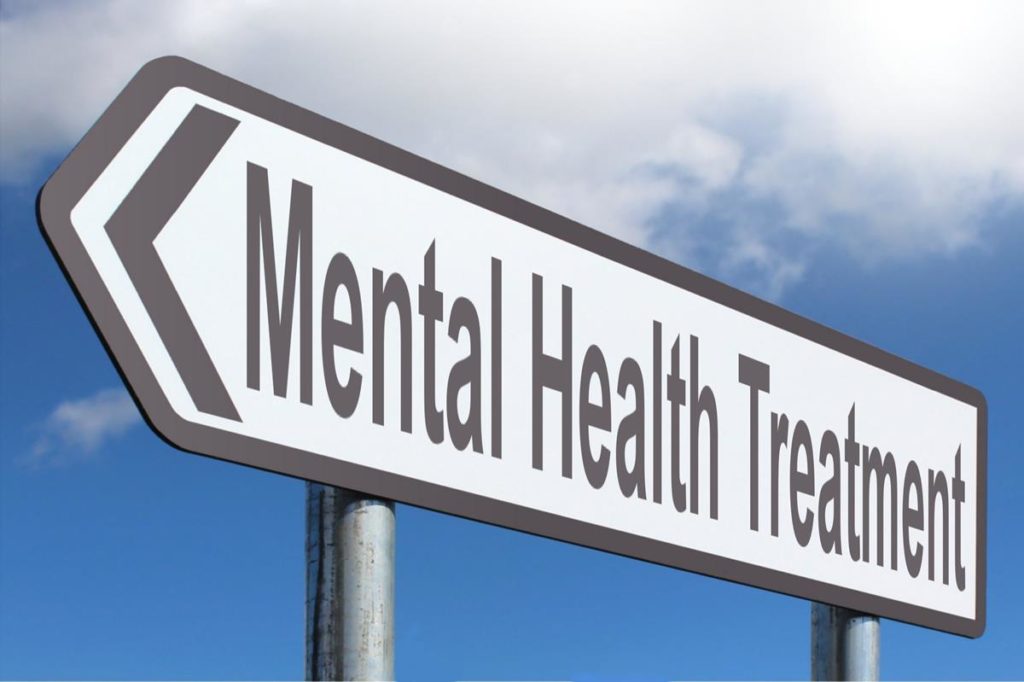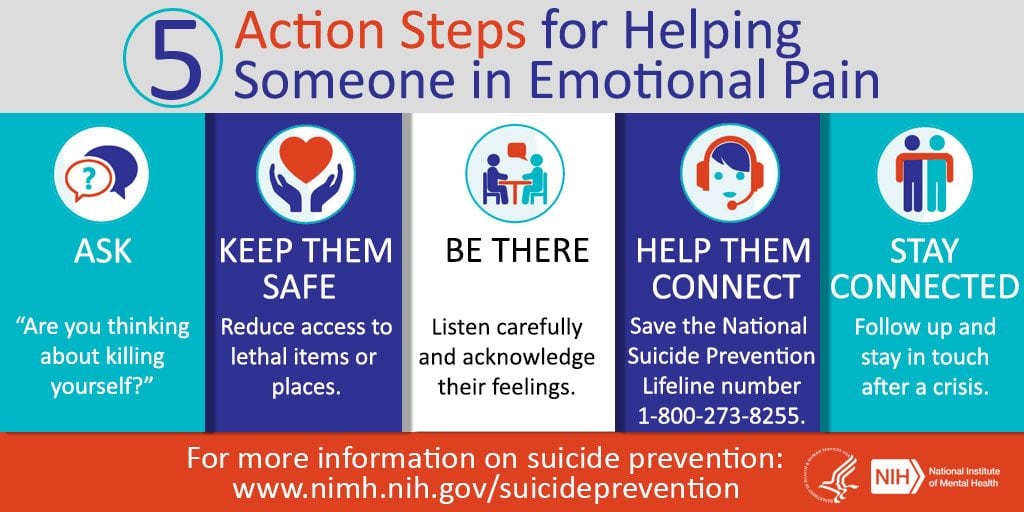This post was co-authored by Meredith Eis, a graduate student from the Gerald R. Ford School of Public Policy at the University of Michigan
In a nutshell:
- An estimated 1.3 million Michigan residents have a mental health condition.
- Access to services is limited because of a shortage of mental health professionals across the state, especially rural areas.
- A number of reforms would improve the availability and affordability of mental health services to meet the gap in access.
The toll on the economic, social, and mental well-being of Michigan residents from the COVID-19 pandemic is growing deeper every day. While reopening the economy and allowing social gatherings will improve the economic and social outlook, it is likely that the number of individuals with mental health concerns will increase due to the effects of the pandemic.
A nationwide mental health crisis is characterized by high rates of depression, anxiety, drug use, and suicide. This crisis has been affecting the nation for many years now, and continues to grow in size and severity. Limited treatment options in many states are reflected in the small number of available providers and few avenues of help. The affordability of treatment for those seeking services, both with insurance and without, is also a concern.

Mental Health in Michigan
Based on mental illness prevalence and access to care, Michigan ranks 17th overall nationally and received a failing grade for mental health parity from the Kennedy-Satcher Center for Mental Health Equity. The state also ranks 23rd for the adult rate of suicidal thoughts. According to 2019 research by the National Alliance on Mental Illness, over 1.3 million adult Michiganders have a mental health condition. About 38 percent of these individuals (and 80 percent of those with substance use disorders) are not receiving care.
The rates of anxiety and depression for youth in the U.S. is increasing and Michigan is no exception to this. Nearly one in five Michigan youth have at least one mental health condition, and in Michigan, where the prevalence of mental health disorders mirrors national figures, 13 percent reported having a depressive episode in 2017. Of those experiencing depression, fewer than half have been able to access care.

Eastern Michigan Asylum, c. 1876
Barriers to Service
Access to care is hampered by Michigan’s mental health professional shortage – over 4.2 million Michiganders live in shortage areas, a designation of areas that have a shortage of health professionals. The psychiatrist shortage puts this overwhelming health professional shortage into perspective: there are only 11.84 psychiatrists per 100,000 residents in the state overall and 33 of the 83 counties do not have a single psychiatrist. As of 2019, Michigan ranks third in the shortage of mental healthcare professionals, surpassed only by Texas and California.
The distribution of mental health professionals varies greatly. The ratio of population to providers ranges from 4,260 to 1 in Presque Isle County to 200 to 1 in Washtenaw County. According to our research, 58 counties fall below the ideal ratio of psychiatrists to population with many of these counties located in mid and northern Michigan. Rural counties that have fewer professionals have the highest levels of individuals going untreated. This maldistribution of mental health professionals may be attributed to lower reimbursement in rural areas (compared to urban) and a lack of access to hospitals, sub-specialists, and other supports for patient referrals and assistance.
Access to inpatient care is limited as well. Michigan currently has four psychiatric hospitals and one forensic center operating 722 psychiatric beds. Community hospitals with psychiatric beds operate an additional 2,197 adult beds and 276 children’s beds. The ratio of psychiatric beds to the population is inadequate to meet service needs. Although a capacity of 40-60 beds per 100,000 population is recommended by some professionals, more research is needed to find the best ratio for a given population.
The dearth of psychiatric facilities in Michigan is not happenstance, but rather the result of past policy decisions in Lansing. While there were many good reasons to close down the inhumane “insane asylums” of yesteryear, doing so without providing the necessary infrastructure and funding to build and maintain alternative, community-based sources of treatment has left Michigan with a broken system that too often fails those in need of help. Without adequate capacity for inpatient psychiatric care, many patients instead linger in hospital emergency rooms and/or jails without receiving needed treatment.
Even with the passage of mental health parity laws—meaning insurance must provide comparable treatment for mental health conditions as other health issues—many individuals still cannot afford or find covered treatment. Fifty-three percent of those with mental health needs were unable to afford treatment with their insurance coverage. Over 300,000 privately insured Michiganders went without treatment and only about half of Medicaid-enrolled Michiganders received the treatment that they needed. Individuals seeking mental health treatment are over five times more likely (and more than 10 times more likely for substance use treatment) to go out of network than for physical health treatment.
Mental health care is difficult to find and expensive to pay for because insurance companies have inadequate networks of professionals and pay low reimbursement rates, thereby continuing to limit their networks. Stories abound of people attempting to access treatment who are subsequently told by their insurance that it is not medically necessary and will not be covered. While health insurance plays a vital role in preventing unnecessary treatment and ensuring high standards of care, many companies use differing language and standards to determine if treatment is medically necessary. Because it is already such a difficult task for individuals to seek mental health treatment, uncertainty about insurance coverage prevents some people from getting the help they need.

Improving Access to Treatment
Addressing the mental health crisis will require many approaches, such as expanding access to care, improving mental health professional retention rates, increasing hospital bed capacity, and developing mental health urgent care programs.
Psychiatry/primary care partnerships allow people to see their primary care physicians who work with psychiatrists to provide access to mental health care where it is unavailable. These partnerships give patients access to care even if they live in a psychiatric care shortage area.
Similarly, by expanding the scope of practice of advanced practice registered nurses (APRNs) Michigan could give them full authority to write psychiatric prescriptions without physician oversight as currently APRNs can only prescribe medications for non-scheduled drugs. APRNs, especially those who specialize in psychiatric mental health, are an untapped resource that would expand coverage.
The state might consider expanding the Michigan State Loan Repayment Program, a program that repays student loans for new healthcare professionals working in rural and underserved areas. The program could be more effective if the amount that a person can earn is increased and the year requirement to achieve this increase in loan repayment is extended. The state can also leverage federal monies through Health Resources & Services Administration programs and continue and expand local programs.
Michigan can also work to increase the number and size of graduate medical education residencies, especially in mental health fields such as psychiatry, as about 80 percent of students who complete medical school and residency in the state stay in the state. This can be accomplished by increasing funding and openings in the MIDOC program. Similarly, the Conrad 30 J-1 Visa Waiver program allows international medical students to remain in the state to practice.
Increased numbers of professionals will not mean much if care is not covered by people’s insurance. Requiring essential benefits coverage would help ensure that people could access care when needed (at least those people with insurance). Because of the association between mental health conditions and various costly chronic health problems, reducing patient copayments and deductibles for behavioral health services might increase the number of people seeking and adhering to treatment, ideally reducing the need for more costly care later down the road.
More stringent state laws and penalties for violations might also be created and enforced to ensure mental health parity. For instance, health plans could be required to adopt standard terminology based on professional research of medically necessary behavioral health treatment. Matching reimbursement in behavioral health at equivalent rates to other healthcare fields would also be likely to facilitate greater provider availability. Evolving coverage of telemedicine mental health appointments might also help meet demand for care, particularly if these providers are considered “in network.”
Since lack of access to psychiatric beds appears to be a problem in Michigan, the state might consider implementing policies that halt the closing of beds. Research to find the optimum number of psychiatric beds and review of the Certificate of Need standards should reflect accurate population-based need estimates. Michigan could also address disincentives to providing inpatient beds, such as low Medicare reimbursement rates, and work to create incentives to build more beds. The state could encourage greater use of assertive community treatment and assisted outpatient treatment programs to help decrease the need for hospitalization. Michigan also could work with providers and citizens to create resources that streamline inpatient psychiatric care, such as creating a web-based system to identify bed availability and/or standardizing the referral packets used for psychiatric hospital admissions.
Psychiatric urgent care facilities, such as the recently opened Pine Rest’s Psychiatric Urgent Care Center in Grand Rapids, are designed to provide mental health services and crisis services to communities by decreasing wait times for services. This is also done in a medical environment trained to work with mental health concerns specifically and decreases the load of mental health crisis currently being directed to emergency rooms that are already overwhelmed or underprepared to meet these needs.
This mental health crisis shows no sign of abetting and the COVID-19 pandemic is causing additional stress and exacerbating problems for people with mental health issues. This crisis exists atop an existing treatment and care crisis characterized by issues of cost and accessibility. Middle- and long-term policies aimed at these issues could be adopted to bring care to those in need of it in an accessible and affordable way.
If you or someone you know is in need of help with a mental health crisis please reach out to the National Suicide Prevention Lifeline at 1-800-273-8255


